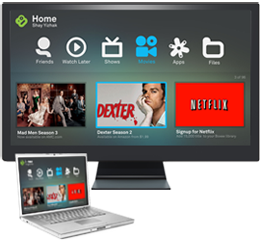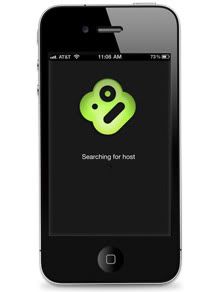If you're like me, you browse with tabs, and at times have several windows open with several tabs in each window. Call me crazy, but I try to keep tabs categorized in their own windows. Entertainment in one window, social sites in another. You get the idea. Sometimes, I'll leave a set of tabs open for days, because it contains information on current research. Unfortunately, it can be a hassle to wade through this mess of windows and tabs.
Introducing: Chrome Session Manager. This is one of the best discoveries I've had in a while. Session Manager allows you to save sessions of tabs and windows that can be reopened and viewed at a later time. Now, I can actually close that bloated window and reopen it (with just a few clicks) when I'm feeling up to it.
Here are the two sessions I have at the moment:
- Social - This opens Gmail, Facebook, Twitter, etc.
- Research - This opens tabs dealing with software that I'm currently researching.
Here's How:
If you don't have Google Chrome, install it by clicking here.
- Click here to go to the Session Manager download page.
- Click "+ ADD TO CHROME."
- Go through the installation process.
- Once installed, the Session Manager icon will appear on your toolbar.
- Click the Session Manager Icon.
- Enter a name for you new session and click save. This will save all of your current windows and tabs as a new session.
- To open a saved session, just click the Session Manager icon, and then click "Open" next to the session you would like to restore.













